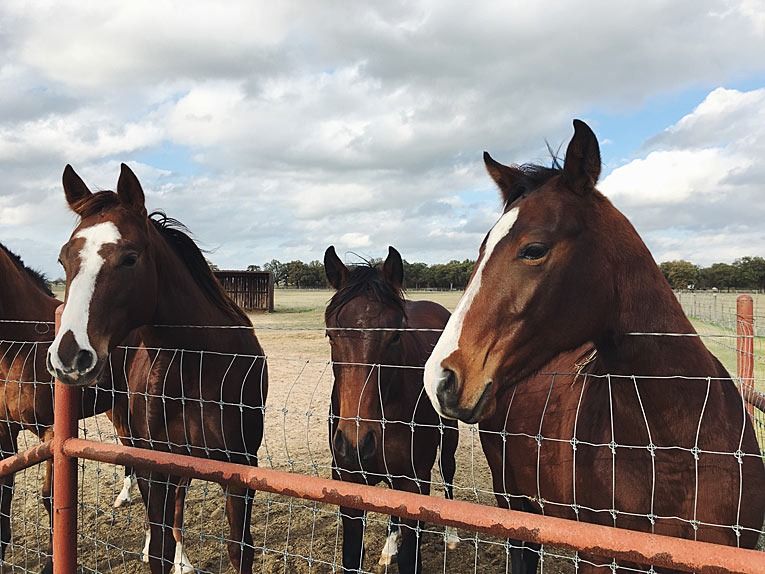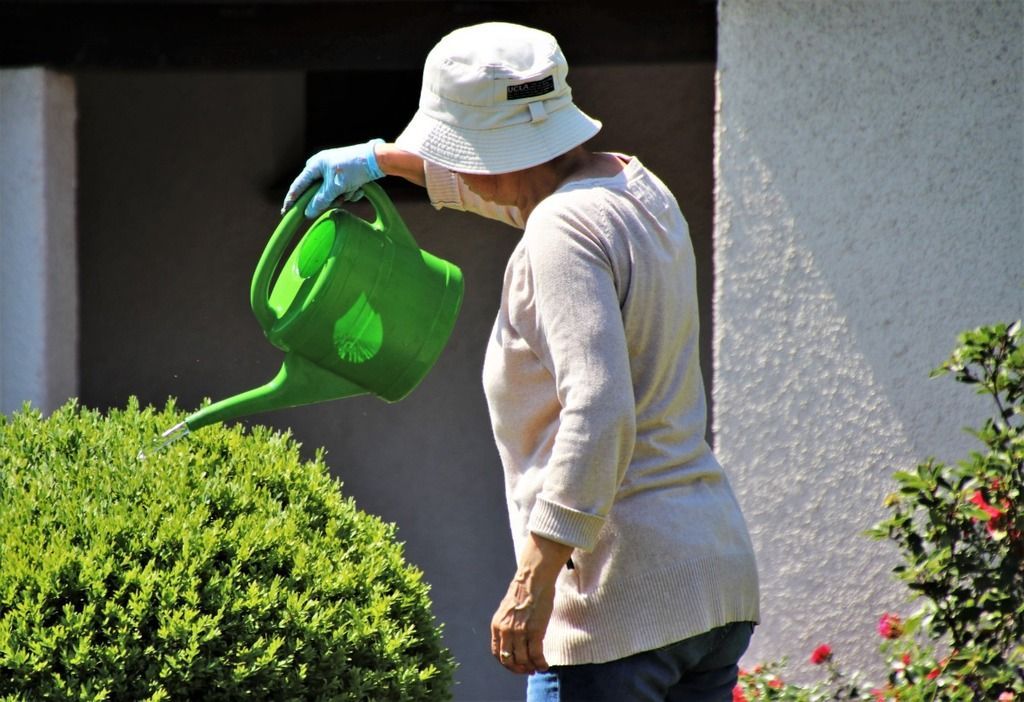How horse riding and gardening improve quality of life for people with dementia
Quality of life is an important aspect of dementia care. Horse riding and gardening may provide positive emotional experiences and even enhance daily functioning.
Posted by
Published on
Thu 04 Aug. 2022
Topics
| Alzheimer's Disease | Coding Behavior | Coding Schemes | Dementia | Horses | The Observer XT |

Today’s post is a little personal to me. My mom has a rare type of early-onset dementia. A type that does not allow her to communicate verbally anymore, and even from her behavior it’s hard to tell what she wants, likes, and needs. I feel like she has a good quality of life, but how can I really know?
A couple of weeks ago, a pony visited her care facility. She seemed to love it, as she was smiling and laughing, actively walking the pony around the garden, petting it as they went. Her behavior indicated to me, this was an enrichment to her day.

As a horse-owner myself, I have seen and experienced how interacting with horses has a very beneficial effects on our wellbeing. A recent publication by Rebecca Lassell and her colleagues from Colorado State University underlines this.
What is quality of life?
Quality of life is an important aspect of dementia care, but it has many definitions and can be difficult to assess. Lassell used behavioral observations to mark indicators of quality of life during meaningful activities such as gardening and horsemanship adapted for people living with dementia.
Activities like these provide positive emotional experiences to people with dementia. Maybe even more importantly: participation in relatively complex activities such as horse riding can enhance functioning and prevent loss of capacities.

Emotional well-being from gardening and horse riding
In Lassell’s study, a group of people with differing types of dementia and a broad range of physical and cognitive needs participated in self-elected activities of gardening or horsemanship on a weekly basis. These sessions were caught on camera, and videos were used for a descriptive study. All this was done to answer two questions:
“To what extent do people with dementia participate and evidence emotional well-being during adaptive gardening and adaptive riding?”
“Are observed durations of participation and emotional well-being similar and different across these interventions?”
Descriptive study of quality of life
A descriptive study like this means a lot of behavioral observations. These take time, but it does yield rich data. By carefully investigating and describing how the participants reacted and participated during the gardening or horsemanship activities, researchers were able to get a good indication of how the interventions compare to each other and if there is evidence of emotional well-being during the activities.

How to deal with intensive behavioral observations
Getting the right data out of elaborate behavioral observations such as these can be a challenge. There are a couple of things the researchers did really well to make sure their data would make sense and the work was done efficiently.
- They created a solid and uncluttered coding scheme. They really thought this through; this coding scheme was adapted from a system they had created, used, and adapted over the years. This provided a great fundament for their study.
- By using The Observer XT was used to set up the coding scheme according to occupational opportunities, participation, and apparent affect. Then two researchers coded the 31 hours of video with a continuous time sampling method and performed an inter-reliability check which resulted in a kappa of 0.85. This high rate assures the researchers coded in a similar method and that data is reliable.
Positive emotions
All participants seemed to enjoy their activities, especially grooming and petting their horse. No sadness or anger were observed and both activities supported positive quality of life indicators, with a lot of interested gazing and active participation. It also seemed that horse riding offered more opportunities for complex activities, such as riding and petting at the same time, or riding while playing a bean bag tossing game.

Retained capacities
Interactions with horses required a higher level of active complex participation. Participants seemed to be motivated by the dynamic nature of horse-human interactions and able to tap into their retained capacities, according to the researchers.
So while both activities seemed to support quality of life and provide emotional enrichment, especially interactions with the horses provided opportunities to utilize a person’s retained capacities. Like the researchers concluded, this merits further scientific development for such interventions.
References
Lassell, R.; Wood, W.; Schmid, A.A.; Cross, J.E. (2021). A comparison of quality of life indicators during two complementary interventions: adaptive gardening and adaptive riding for people with dementia. Complementary Therapies in Medicine 57(03), 102658.
Wood, W. (2005). Toward developing new occupational science measures: an example from dementia care research. Journal of Occupational Science, 12(3).
Related Posts

How to analyze nurse-patient consultations

The impact of health information technology on doctor-patient interaction
